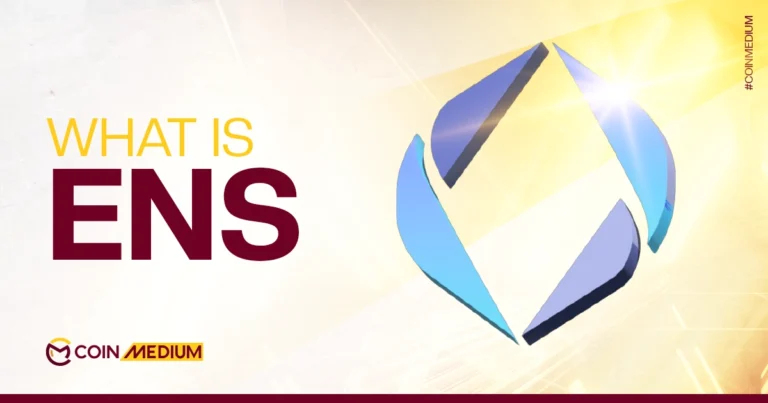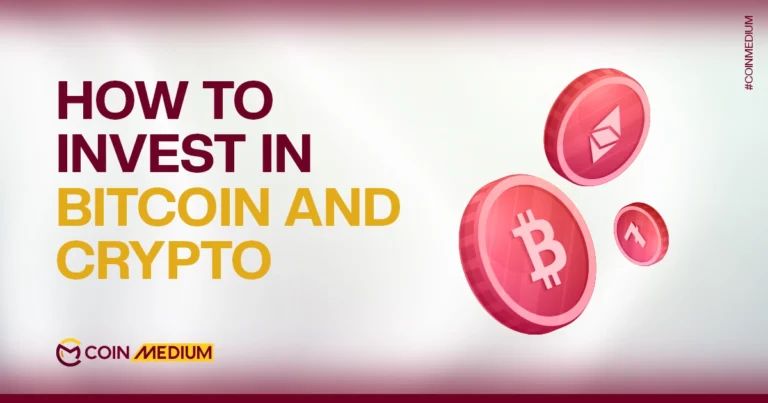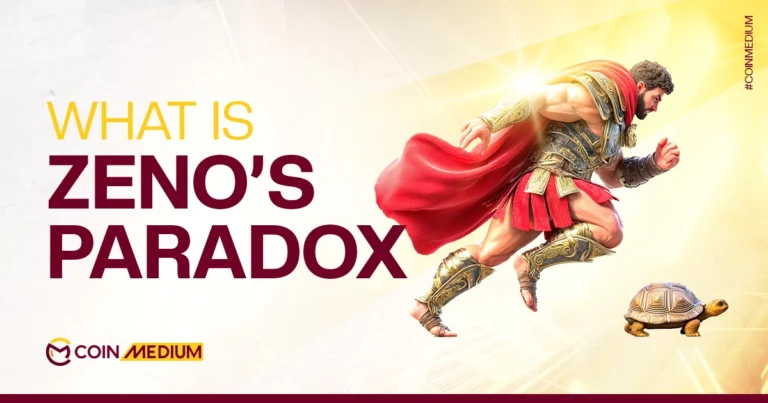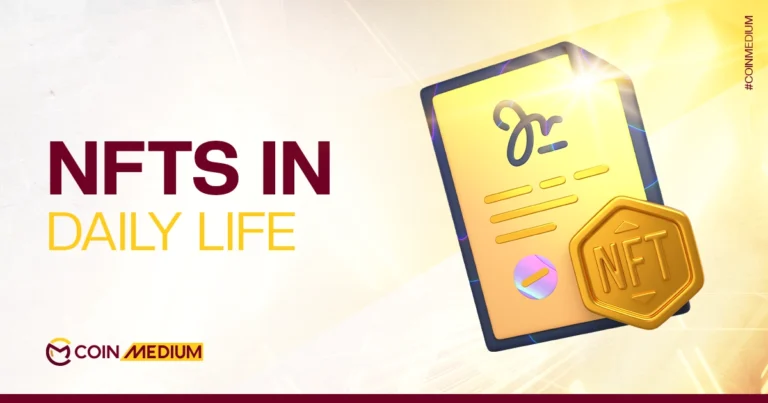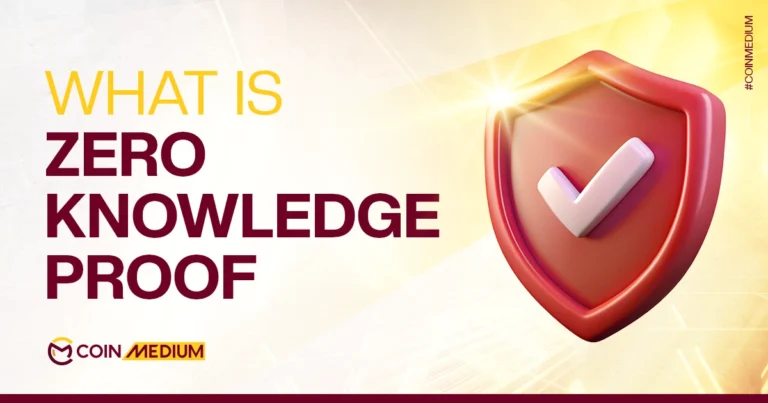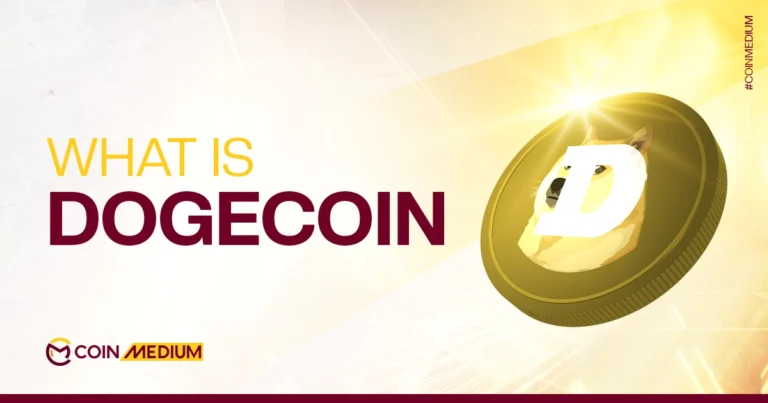- What are crypto narratives?
- How narratives help crypto investors?
- How to find potential crypto narratives?
Crypto narratives capture the major trends and newer crypto categories that the whole town is talking about. These narratives fuel investor sentiment and drive adoption of newer cryptocurrencies as well. Market participants constantly seek trends to understand ongoing events, their causes, and potential outcomes. Historically, they leverage market cycle dynamics to anticipate and navigate future market conditions proactively.
From Elon Musk’s tweets influencing DOGE prices to the belief that Bitcoin halvings trigger bull runs every four years, many investors rely on crypto narratives to forecast price movements.
How Are Crypto Narratives Formed?
Crypto narratives arise from a mix of factors, including blockchain and cryptocurrency technological advancements, social and economic developments, and the motivations of key players in the crypto industry.
Mainstream media, social platforms, online communities, influencers, and market trends amplify these narratives.
In 2025, narratives like memecoins and AI agents have surged, lowering barriers to entry by requiring minimal crypto expertise. Additionally, mainstream adoption has grown through asset tokenization, ETF filings, and increased capital inflows via stablecoins.
What Are The Top 5 Crypto Narratives To Watch Out For?
Memecoins and meme launchpads
Launching a memecoin or token required knowledge of smart contracts, liquidity management, and blockchain infrastructure. Platforms like Pump.fun, four.meme and bonk.fun have simplified this process, automating backend complexities so users only need to select a token name, image, and symbol to launch their memecoin.
Following Pump.fun’s success, other launchpads focused on streamlined token creation have gained traction.
Notably, Bonk.fun has recently surpassed Pump.fun, capturing over 55% of the market share, as shown in the referenced chart.
This shift could boost interest in BONK, as Bonk.fun’s fee structure allocates 50% to buying and burning BONK. 8% to purchasing BONK for reserves, and the remainder as revenue. This will potentially create upward pressure on BONK’s price.
Bitcoin Staking
Before you say “hey, Bitcoin cannot be staked”. Yes, you’re right. Bitcoin works on a Proof Of Work consensus mechanism. Bitcoin L2 has introduced staking BTC. It is an emerging 2025 narrative, allowing users to earn additional yield by leveraging staked Bitcoin across multiple protocols.
Protocols that offer Bitcoin staking are: CORE and Babylon.
Real World Asset Tokenization
Real World Asset (RWA) tokenization is the process of converting ownership rights or interests in physical or intangible assets. Examples include real estate, precious metals, official documents, artwork, commodities, or financial instruments into digitized tokens on the blockchain.
These tokens, which may be fungible (e.g., representing fractional shares of a property) or non-fungible (e.g., unique assets like art or documents), are recorded on a decentralized ledger to ensure transparency, security, and immutability.
In April 2025, tokenized U.S. treasuries, including projects such as Ondo Finance and BlackRock’s BUIDL, reached a record high of $5.6 billion. However, the number of on-chain holders remains small, suggesting that this growth is primarily driven by institutions and stablecoin issuers. This trend indicates a growing interest from these major players in holding these assets on-chain.
Decentralized Physical Infrastructure DePIN
Essentially DePIN allows us to build and manage real-world infrastructure like internet networks, energy grids, or data storage using blockchain technology and community participation instead of relying on big companies or governments. Instead of tech giants who control most of our data in a centralized manner, the data and resources of the internet and real world are moved to blockchain. This allows businesses to build ecosystems. Users who contribute to this ecosystem get rewarded.
Wondering why DePIN took off as a narrative? Let us explain.
People want systems where they can participate and benefit, not just pay big corporations. DePIN lets anyone with a little “dish” (like a router or storage) join the party and earn rewards, making it feel fairer and more inclusive.
Big companies charge a lot to build things like cell towers or data centers. DePIN is like a carpool that’s cheaper and faster because everyone pitches in. For example, Helium built a global WiFi network faster than telecom giants by crowdsourcing hotspots.
Examples of DePIN are: Filecoin, Arweave and Render.
Stablecoins
Stablecoins are trending due to their growing role in bridging traditional finance and cryptocurrencies, offering stability in volatile crypto markets. While they are not new in the crypto space, they have really outgrown most categories in the market owing to worldwide adoption (ETFs listings, Trump’s governance for stablecoins and newer players creating their own stables have bolstered this category)
In 2025, we are seeing the market cap of stablecoins rise to over $264 billion, suggesting an inflow of capital into the crypto space.
Examples of Stabecoins are: USDT, USDC and DAI.
How To Spot Crypto Narratives?
Anyone can find crypto trends and narratives if only they have a guide and the right tools to do so. Following are some basic dos for finding trending crypto narratives.
Research Reports: Follow reports from firms like Binance Research, Bitwise, VanEck, or Ark Invest, which often outline key narratives. For example, Binance Research’s H1 2025 report discusses trends like stablecoin regulation and AI integration.
Monitor Social Media and X: Follow top accounts like Coinmarketcap, Binance & Coin Medium to always be in the know.
Use Tools like DefiLama and Coinmarketcap: Not many people are aware of the tools on these platforms. Head over to Defillama’s narrative tracker to check the recent narratives that are gaining traction in the market.
Another feature like this can be seen on Coinmarketcap. Even though it is not labelled as narratives, it is still a great tool. Simply head to CMC and look for categories. (see image below)
CMC offers over 200+ crypto categories. To use them more effectively, you can check the metrics of the category and assess it for yourself.
Wrapping Up
As we move through 2025, staying ahead in the crypto space means keeping a close eye on emerging narratives like memecoins, Bitcoin staking, RWA tokenization, DePIN, and stablecoins. These trends, driven by technological innovation, market dynamics, and growing mainstream adoption, offer investors opportunities to anticipate market shifts and make informed decisions.





